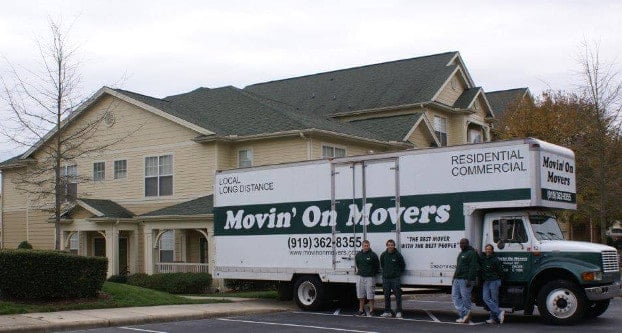Tips on Moving from a Large Space to Compact
Tips on Moving from a Large Space to Compact
Not every mover transitions from a small to a larger space. In fact, for varying factors, many movers may end up doing the exact opposite. Whether moving from a single suburban home to a smaller apartment, moving to the city to be in closer proximity to your work, or simply choosing to adopt a lifestyle dedicated to minimalism, there are numerous reasons people choose to move from a large to a small space.
However, downsizing during a move does not necessarily mean a downgrade to your lifestyle. When making the transition from large to small, it is important to plan with foresight and efficiency in mind. The following are five of the best tips for preparing to moving from a large space to a compact space with ease.
1. Know Your Dimensions
First, know your dimensions. Forget about the measurements of the space in which you live and worrying about how much square footage you are sacrificing. Instead, begin to take a minimalist approach and start to make careful decisions about what will fit best into a smaller abode. By knowing your dimensions, you will have a better idea of what items and furniture that you already own will transition easily and serve a purpose in your smaller space.
Think carefully about each room in your new home from kitchen and living spaces to the bathrooms and bathrooms. Through being realistic about what items are going to fit, you will immediately have more success in paring down your belongings and not squeezing everything into your new place like a can of sardines.
2. Assess Your Inventory
Once you become realistic about the dimensions that you are moving into, you can start to carefully scrutinize each item in your current home. What items have an immediate purpose that you cannot live without? What items do you already know will not fit into your new home? Also, what items do own that you wouldn’t mind selling or simply throwing away because you don’t even use them now?
Think from small to large, including decorative items and small kitchen appliances to larger pieces of furniture like sofas, bookshelves, and dressers. Use these questions to form lists of items that are definites, maybes, and nos when preparing for your move. You can then select from your “maybe” and “no” lists which items you’d be willing to sell. You will also be able to determine which have served their time and purpose and are ready to be pitched.
3. Hold a Yard Sale
Assuming that you have ample time between relocating from your current place to a smaller home, it can be helpful to hold a yard sale. Make sure that you advertise ahead of time. Choose a Saturday that the weather is nice and that you wouldn’t mind sitting outdoors all day preparing for visitors to peruse the items you no longer need and hopefully find items to buy.
Hosting a yard sale will not only help you get rid of items that you’ve deemed unnecessary for your move, but it will also afford you some extra funds to dedicate to your moving expenses. With whatever inventory remains from your yard sale, you can choose to donate these items, place best offer advertisements in the local newspaper or on social media, or you can simply prepare to throw them away on trash day. This will help on moving from a large space to a compact space.
4. Pack Lightly
Carefully assess the furniture and other items that you will relocate to your new home one last time. This is your last chance to make any further cuts to your inventory, thus facilitating your move, and allowing you to adapt to your new space without the burden of overcrowding the space.
Ideally, the items that you move can be boxed up to fit easily into your car and one small moving truck. If you live alone, this should be very easy to do. If you live with family, a larger moving truck may be necessary. Preparing to move is an excellent time to truly assess what you really need, and you should to embrace the fresh start that your new home will grant you.
5. Start off Small
When you unpack all of your furniture and personal items into your new home, take some time to embrace the minimalism and adapt to your new space. You may find that you enjoy having less clutter around and fewer personal items to worry about should you need to relocate again. Also, you can use this time to start brainstorming a list of what is working well for you in your smaller space and what adaptations you may need to make.
Many multi-functional pieces of furniture and storage solutions are available that you can easily purchase to make your new, smaller home suitable to your needs without over-cluttering it. However, you need to take the time to live in your new space to truly assess what additional furniture and storage purchases may be necessary.
To summarize, moving from a large space to small space does not have to mean a drastic lifestyle change. However, it is best to carefully scrutinize all the items that you currently have in your home and only bring the essentials to your smaller residence. This way, you can more readily adapt to your smaller home with a fresh start.
You can always add more to your new home once you have settled in. It’s far better to start with less instead of overburdening yourself with paying extra money for moving items that in the long run will have no purpose and will ultimately clutter your new, compact space.
Lastly, To Learn More or To Get A Free Quote on Your Next Move or more information about moving from a large space to a smaller space, Contact Us here at Movin’ On Movers Today!

